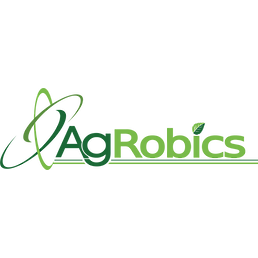AgRobics Ltd. is a start-up that develops a technology for treating wastewater containing high organic loads. AgRobics has completed the incubator phase at L. N. Incubator of Haifa, and has now commenced a joint project with Mekorot's WaTech® - Mekorot Technological Cooperation Center, supported by the Chief Scientist of the Ministry of Economy.
AgRobics' technology is based on a unique, patented process for preparing "pre-treated" biomass, immobilized in a polymeric matrix that has high handling capability and fast acclimatization to wastewater streams containing high organic loads. These are treated mainly by an anaerobic, biological treatment that produces biogas. This unique preparation method, which entails enrichment of the biomass with a microorganism population containing various supplements to catalyze anaerobic biodegradation processes reduces increases process stability, and enhances the efficiency of methane production. The technology was developed specifically for treatment of high-load agro-industrial wastewater. Agrobics and Mekorot are currently testing the application of this technology for urban wastewater treatment. Within this new project, Agrobics' immobilized system in being used in the anaerobic treatment of urban wastewater systems, where the unique immobilization technology constitutes a solution to the major obstacles that have prevented a rapid anaerobic process in such applications until now. The R&D stage is being conducted in Karmiel's WWTP (Municipal Waste Water Treatment Plant), which receives wastewater from the town of Karmiel and from neighbouring agricultural settlements. During the harvest period, the wastewater streams typically contain high organic loads from oil-presses residues, which cause substantial difficulties in operating the WWTP, and cause financial losses and non- compliance with regulations. Application of Agrobics' technology is proposed as a first barrier against the fluctuations caused by infused olive oil-mills residues, and may improve removal of dissolved organic material prior to the aerobic stage. This will bring about a substantial reduction in the organic load that enters the secondary treatment unit, and will reduce both the energy consumption required for the aeration pond and the quantity of sludge generated in the aerobic treatment stage. A substantial reduction in the waste water treatment costs is expected.




